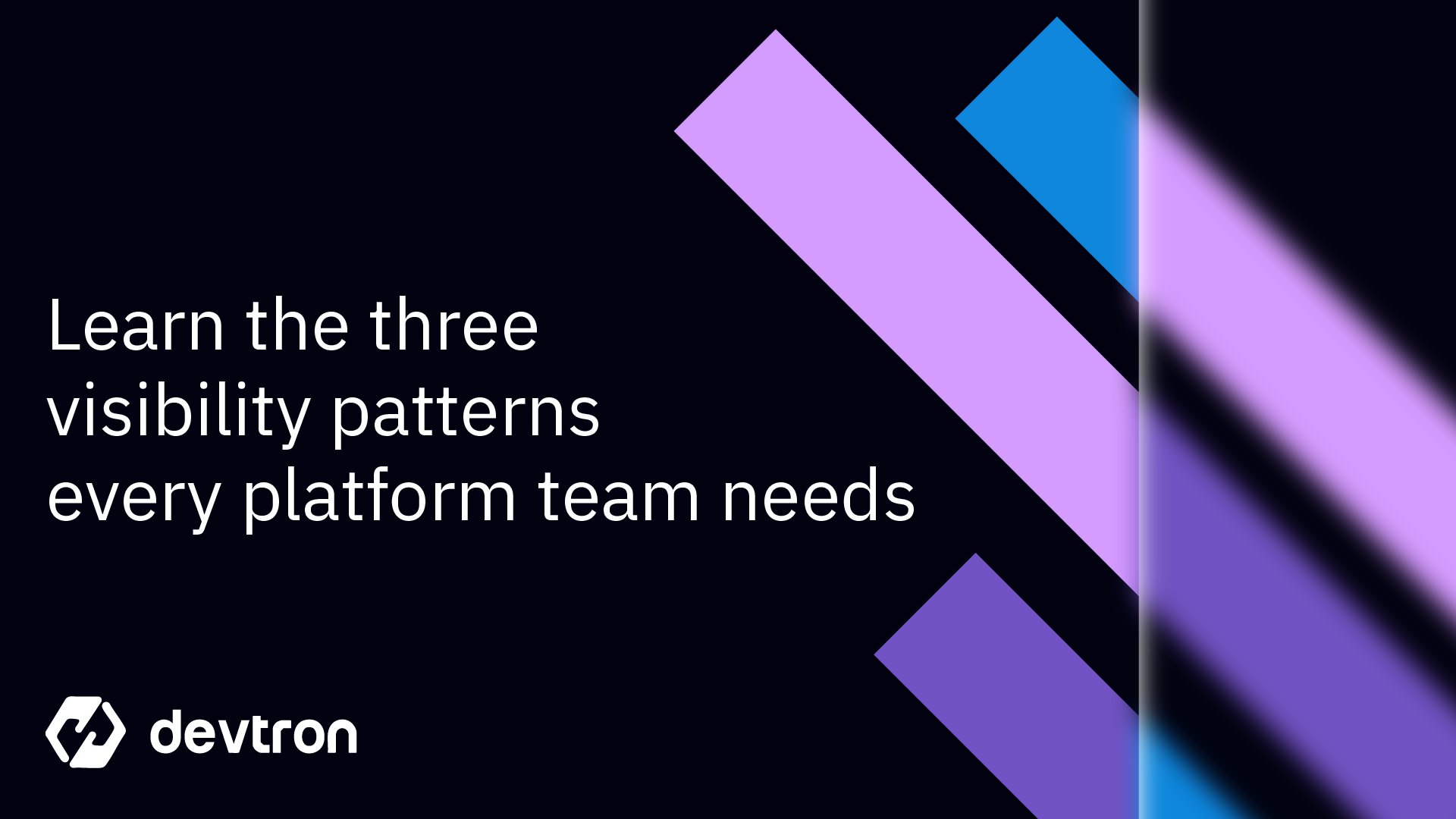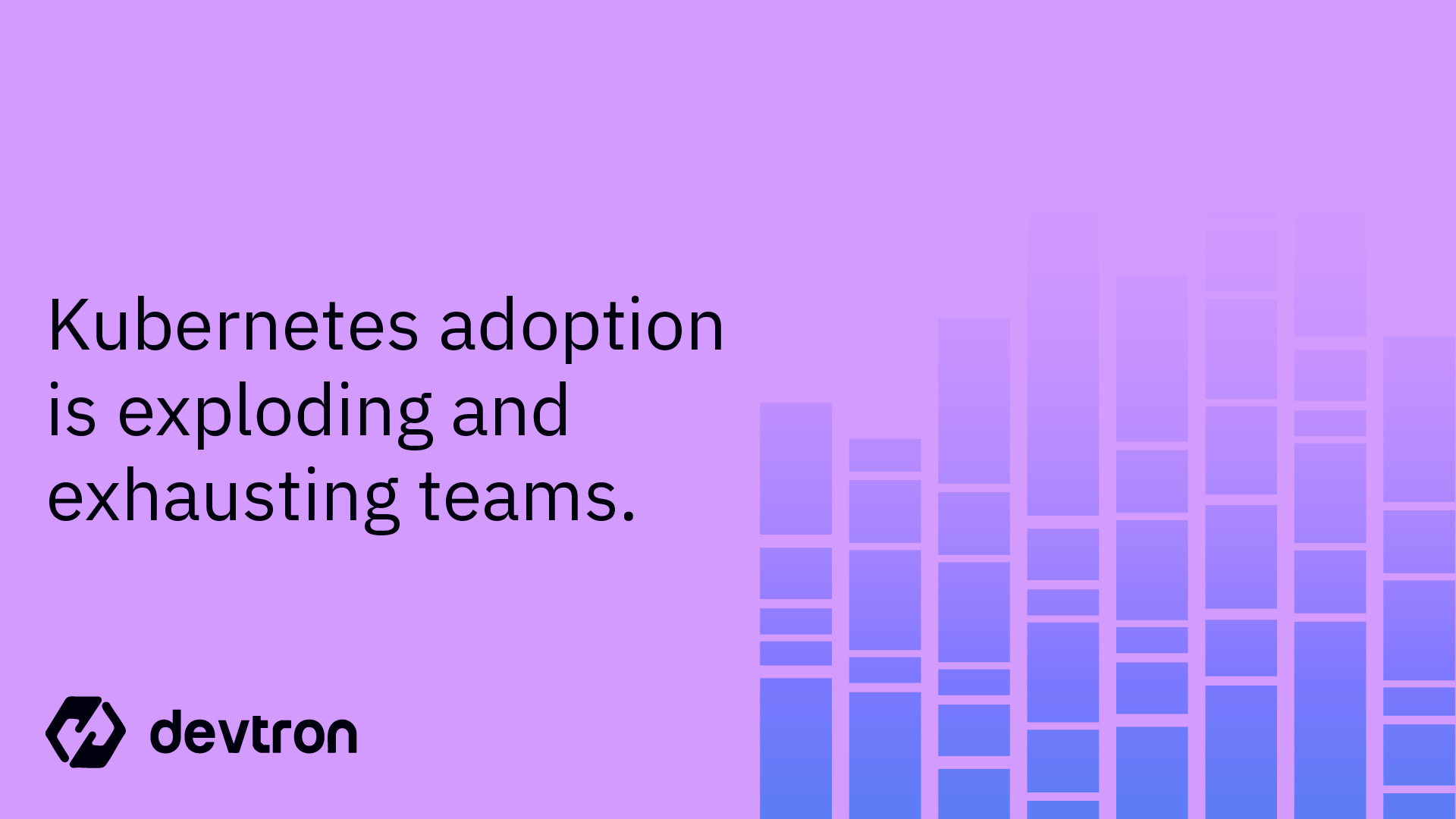Most platform teams hit the same wall: their monitoring stack reports healthy systems while engineers can't deploy, and users hit timeouts. The problem isn't missing data; it's missing connections between data.
Your infrastructure metrics live in Prometheus. Application performance lives in your APM tool. Deployment events sit in Jenkins or Argo. Security scans run on their own schedule. Cost monitoring has its own dashboard. When something breaks, you're not debugging a system; you're correlating timestamps across four tools and hoping you find the connection.
The core issue: your tools only see their own domain. Kubernetes isn't several independent systems that happen to share infrastructure. It's one system where infrastructure changes affect application behavior, deployments shift security posture, and network configs impact your ability to meet compliance requirements.
Here are three patterns that change how platform teams see their systems.
Pattern 1: Tie Infrastructure Metrics to Application Impact
Infrastructure monitoring gives you CPU, memory, and network usage. Useful numbers, but they don't tell you what matters: how those numbers affect your applications.
A node runs at 60% CPU. That's just a number. What you actually need to know: is this node serving your payment service during peak traffic, where 60% means you're about to breach SLA? Or is it running a batch job that normally peaks at 80%, meaning something's stuck?
This is the problem with treating infrastructure and application layers separately. You get metrics without meaning.
In Practice
When a memory spike happens on a node, you need to immediately see which applications are affected, how many users are hitting those applications, and whether this spike correlates with a recent deployment or config change.
Same spike, completely different response depending on context. If it's your auth service during login hours, that's a page. If it's a reporting job running slightly hotter than usual, that's a note for later.
This requires infrastructure metrics and application context in the same view. Not two dashboards you manually correlate. One system that understands both layers and shows you the relationship.
The shift: you stop asking "what are my resource metrics" and start asking "how is infrastructure behavior affecting my applications." That's the question that actually helps you decide what to do.
Pattern 2: Track the Full Operational Footprint of Deployments
Most teams treat deployments as point-in-time events. A commit lands, the CI/CD tool logs success or failure, maybe a notification hits Slack. Done.
But deployments aren't isolated. They reallocate memory. They trigger security policy evaluations. They shift network routes. They change your cost profile. They alter how applications behave under load. Treating them as single events means you lose all that context.
Which means when something breaks three hours after a deployment, you start by asking "was this related to the deploy?" instead of already knowing the answer.
In Practice
A complete deployment record should include:
- Which infrastructure resources changed, and how much capacity shifted
- Which security policies ran, and what they flagged
- How resource allocation changed and what that means for cost
- What is the performance baseline before the change
- Which compliance checks were triggered, and their results
When you have this, deployments stop being black boxes. A performance regression six hours later isn't a mystery—you can see that the deployment increased replica count without scaling node capacity, which created memory pressure, which caused request queueing.
This means linking your deployment system to your infrastructure layer, your security tools, and your cost tracking. It's more work upfront, but it fundamentally changes how quickly you can diagnose problems.
The result: when something goes wrong post-deployment, you're not guessing about correlation. You have the operational footprint and can trace cause and effect.
Pattern 3: Connect Alerts to Root Causes
Your on-call gets three pages in ten minutes:
- High memory usage on node group A
- API response times exceeding SLO
- Error rate spike in checkout service
Three alerts. Same root cause. Your alerting system doesn't know that, so it fires them independently. Your engineer now spends time figuring out how these connect while users are experiencing degraded service.
The problem isn't alert volume; it's that each tool fires based only on what it sees. Your infrastructure monitoring doesn't know that memory pressure causes API slowdowns, which cause checkout errors. So you get three separate alerts instead of one with the actual causal chain.
In Practice
Instead of three fragmented alerts, you get one that understands causality:
"Deployment v2.3.4 triggered memory pressure on node group A (23% over threshold). This caused API request queueing, with 15% of requests exceeding your 200ms SLA. Customer impact: approximately 1,200 users are currently in checkout. Root cause: deployment increased replica count without corresponding node capacity scaling."
Same underlying data. One alert. Clear problem. Obvious place to start.
Your on-call doesn't spend 15 minutes correlating alerts and building context. They get the context: what broke, why it broke, customer impact, and where to look first. Time to mitigation drops because you're not burning cycles on detective work.
This requires your alerting system to understand relationships between metrics across infrastructure, application, and deployment layers. It needs to know that certain deployment changes cause predictable infrastructure pressure, which causes predictable application behavior. That's not simple, but it's what separates useful alerts from noise.
Why These Three Patterns Matter Together
Each pattern solves a specific problem, but the real value comes from having all three working together. Infrastructure metrics with application context tell you what's happening right now. Deployment footprints tell you what changed and when. Causal alerting connects the dots between changes and impact.
This is unified visibility: seeing your entire Kubernetes environment as one connected system instead of separate monitoring domains. When these patterns work together, you stop spending engineering time on correlation and start spending it on actual fixes.
The Platform That Understands, Not Just Executes
We at Devtron are building a platform that understands and correlates the reality of your Kubernetes and offers a unified operational efficiency. The three patterns described above aren't separate features; they're how Devtron’s unified visibility fundamentally works.
When you deploy, Devtron captures the full operational footprint: resource changes, security policy results, capacity shifts, and performance baselines. When something breaks hours later, you don't reconstruct the causal chain; it's already there.
Infrastructure metrics connect directly to application impact. A memory spike shows you which services are affected and whether it correlates with a recent change. Alerts understand causality: instead of separate pages for memory pressure, API slowness, and error rates, you get one alert with the root cause and customer impact.
The platform also acts on this context automatically through what we call the Agent SRE. It handles common operational issues based on your environment's behavior: restarting and rightsizing pods that hit memory limits, rolling back deployments that cause errors, shutting down forgotten test resources before they spike costs.
This is the principle Devtron is built on. The patterns aren’t bolt-on features; they’re how the platform thinks about Kubernetes as one system. The goal isn’t more dashboards. It’s less detective work, faster recovery, and a platform that learns enough about your environment to handle common issues on its own.






